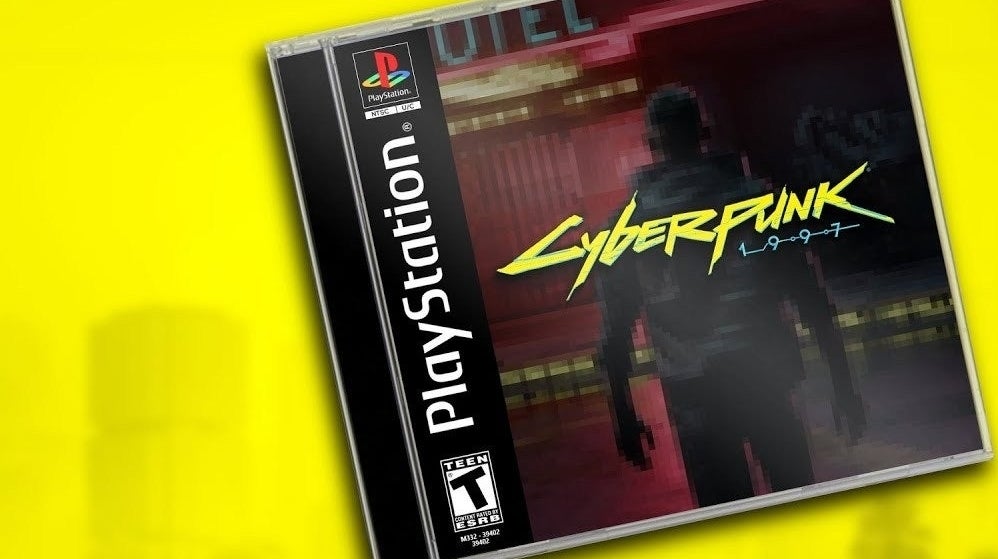The videogames industry has always sought to define artistic achievement in terms of new technology. Every next gen console year brings with it the same old talk of bursting through constraints on developer imaginations, of “infinite” potential finally unlocked care of another few hundred pounds’ worth of swishly tailored plastic and silicon. Current gen platforms are suddenly recast as emptied-out, spent, even things to be ashamed of: as Don Mattrick infamously quipped of playing Xbox 360 games on Xbox One, “if you’re backwards compatible, you’re really backwards.”
This cycle of innovation and obsolescence is regrettable not just because it is terrible for the environment and dependent on supply chains that facilitate human rights abuses. It brings about the neglect or even active destruction of approaches to game-making that have flourished around specific pieces of hardware – this, in a creative sector that already has a brain drain problem thanks to a culture of precarity and overwork. Studios who are producing their finest games for existing “mature” consoles are obliged to learn new sets of tools. Efforts to port and preserve the titles that run on “obsolete” machines, meanwhile, are sabotaged by vengeful copyright owners who equate preservation with piracy. This year’s next gen bounce offers some hope for videogame preservationists: Sony and especially Microsoft have made cross-compatibility central to their latest consoles. But the accompanying erosion of physical media – PS5 and Xbox Series S/X are the first home consoles to launch with disc-less SKUs – leaves access to those games in the hands of the corporations who run the servers.
As generation tumbles after generation, it’s important not just to salvage forgotten techniques and technology but to discuss other conceptions of the artform’s development and history. This might take the form of a written manifesto or piece of speculative fiction – consider Emilie Reed’s exhilarating Videogame History from 2024, a utopic account of a post-copyright world. But the more appropriate reworkings of videogame history, surely, are playable ones. I’ve spent the past few months talking to the creators of “demakes”, unofficial versions of games that either run, or look as though they’re running on older hardware than they were designed for. One of the best I’ve encountered is Soundless Mountain 2, a Nintendo Entertainment System-style 2D adaptation of Konami’s PS2 horror hit Silent Hill 2, which was cooked up for a Tigsource competition way back in 2008.
Where many demakes hover somewhere between homage and parody, Soundless Mountain 2 stands out for its seriousness and meticulousness: it even has a chiptune recreation of Silent Hill 2’s soundtrack, featuring contributions from Minecraft composer Daniel “C418” Rosenfeld. “Where there’s a song there’s a song, where there’s a sound effect there’s a sound effect,” the demake’s creator Jasper Byrne tells me over the phone, 12 years on. “Every element of the cutscene when you get the plank of wood in Silent Hill 2 is recreated, every little detail.” Winning the Tigsource competition was a “big step” for Byrne, who was then employed at Frontier Developments – it earned him press connections and the confidence to try his luck as a full-time indie. But Soundless Mountain 2 wasn’t just about building a profile.
